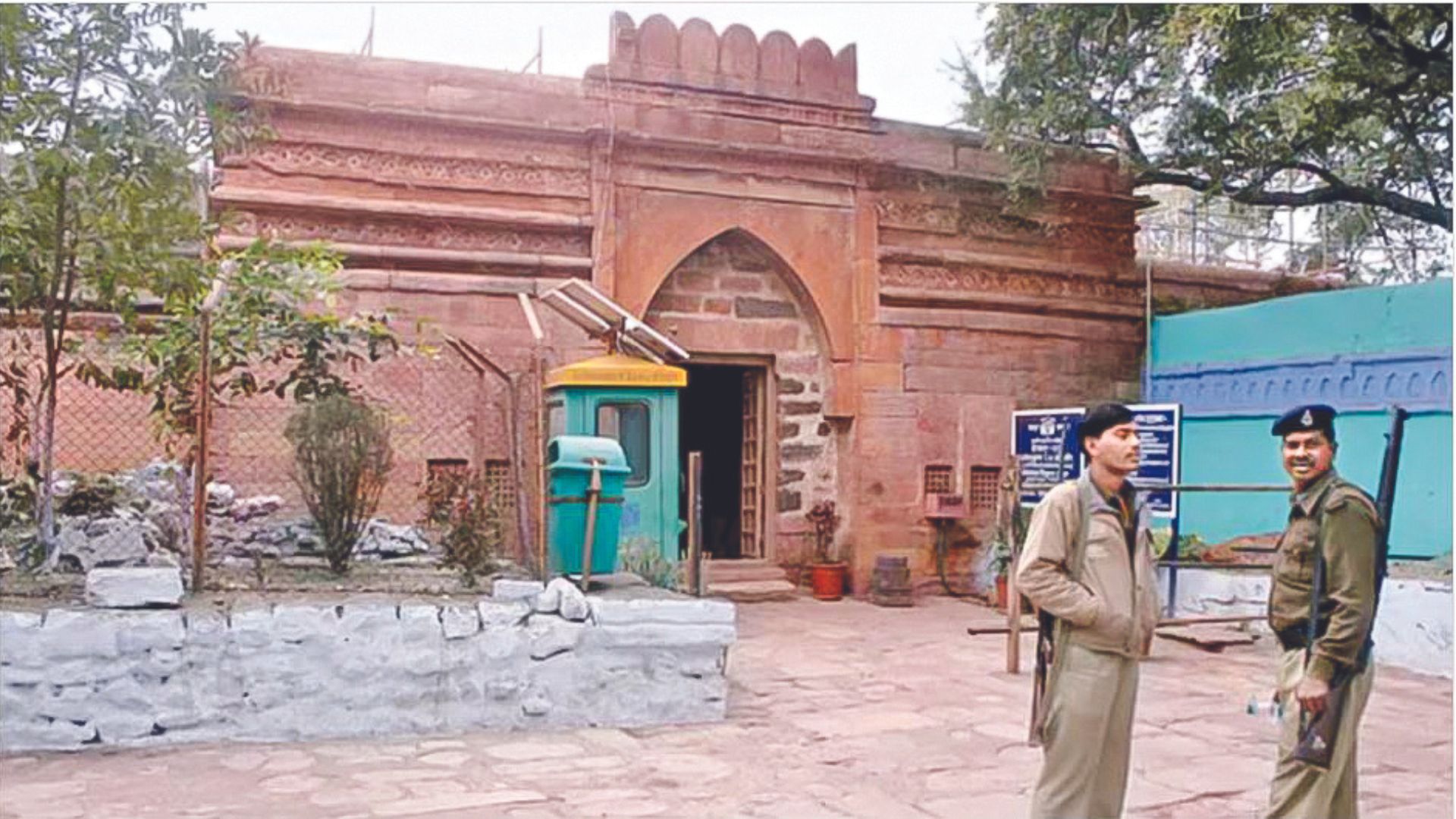


The Archaeological Survey of India (ASI), conducting a scientific survey at the medieval-era Bhojshala complex in Dhar district on the Madhya Pradesh High Court’s directive, has requested an additional eight weeks to complete the Survey.
In an application filed before the Indore bench of the high court, the ASI stated that it required further eight weeks time to comprehend the nature of exposed portions of the structures within the disputed premises.
The Bhojshala, an ASI-protected 11th-century monument, is revered by Hindus as a temple dedicated to Vagdevi (Goddess Saraswati), while the Muslim community identifies it as Kamal Maula Mosque.
Since April 7, 2003, an arrangement facilitated by the ASI permits Hindus to conduct puja in the Bhojshala premises on Tuesdays, while Muslims offer namaz in the complex on Fridays.
The high court has set April 29 as the next date for hearing in the Bhojshala dispute case. The ASI’s recent application is expected to be addressed on the same day.
In response to the court’s directive on March 11, the ASI commenced a “scientific survey” of the Bhojshala-Kamal Moula mosque complex on March 22. This initiative was prompted by a plea from the Hindu Front For Justice (HFJ). The ASI’s application indicates that a meticulous survey of the complex and its surrounding area is ongoing using scientific tools, alongside comprehensive documentation of the entire monument.
Furthermore, excavation, characterized by a methodical and deliberate approach, is underway. The ASI anticipates requiring additional time to grasp the nature of the exposed portions of the structures.
The application highlights the presence of later filling in the entrance porch, obscuring the original features of the structure. Removal of this filling demands careful execution to avoid any harm to the original structure, thus necessitating a slow and meticulous process.
Additionally, the ASI has enlisted the assistance of the National Geophysical Research Institute (NGRI) to conduct a ground-penetrating radar (GPR) survey. A team from NGRI, along with their scientists, is regularly surveying the entire area in strict adherence to the directives issued by the High Court.